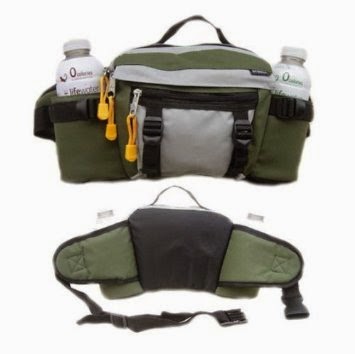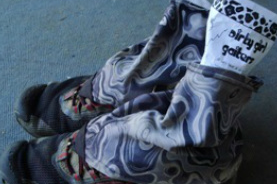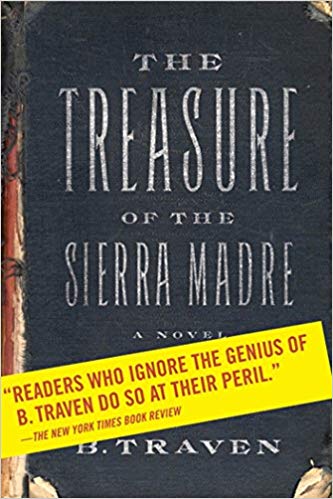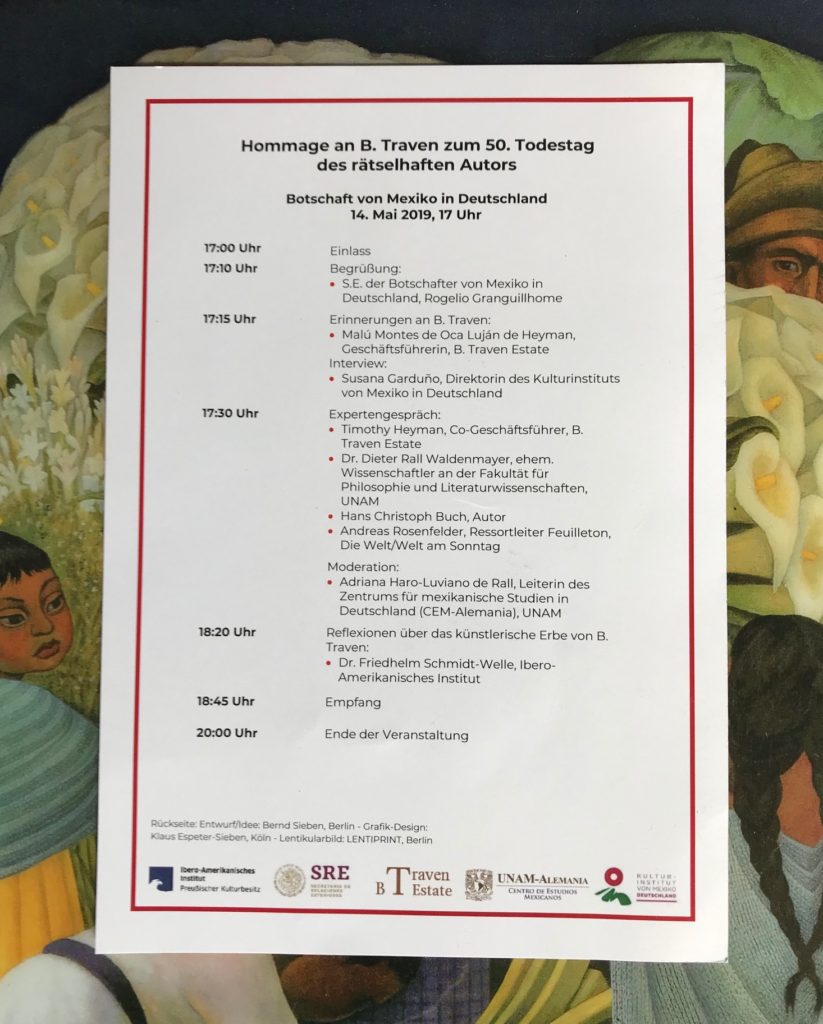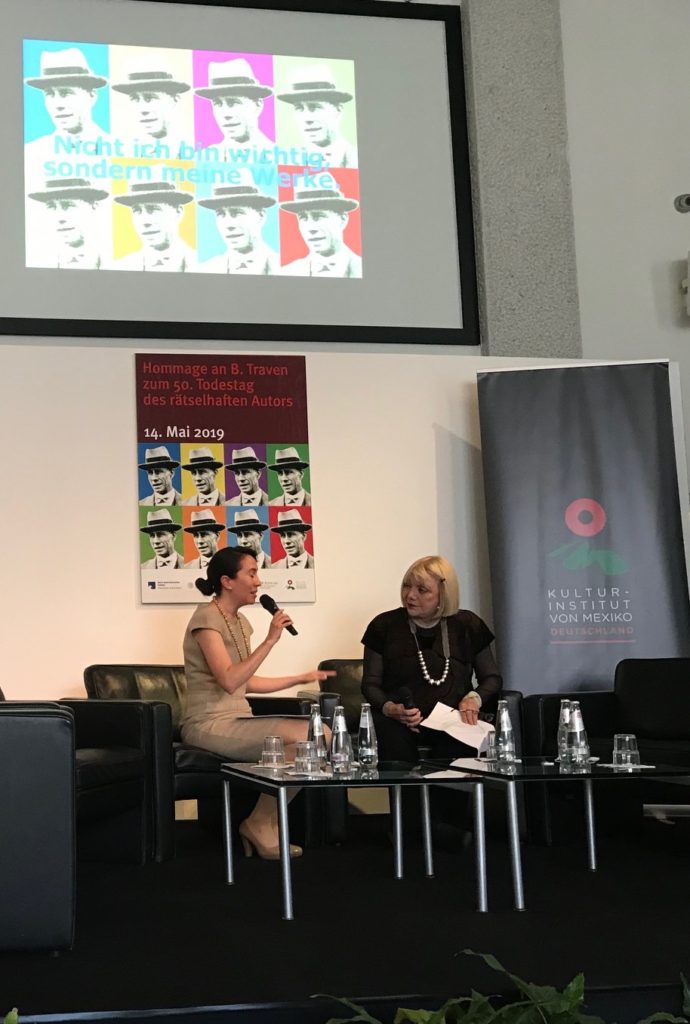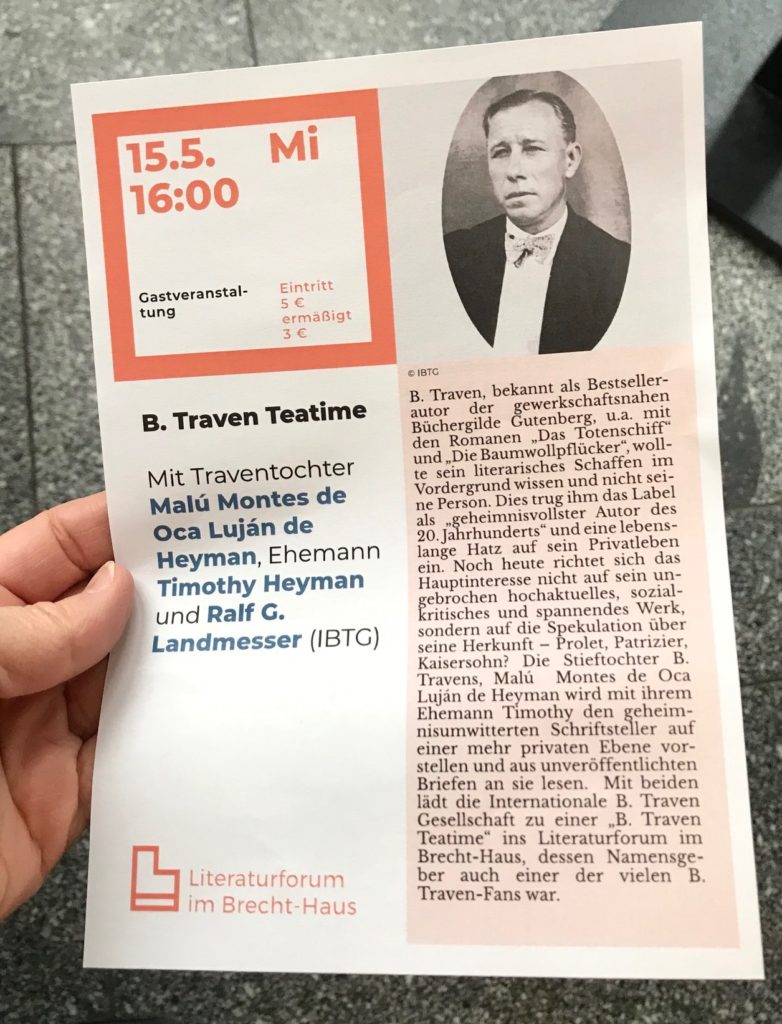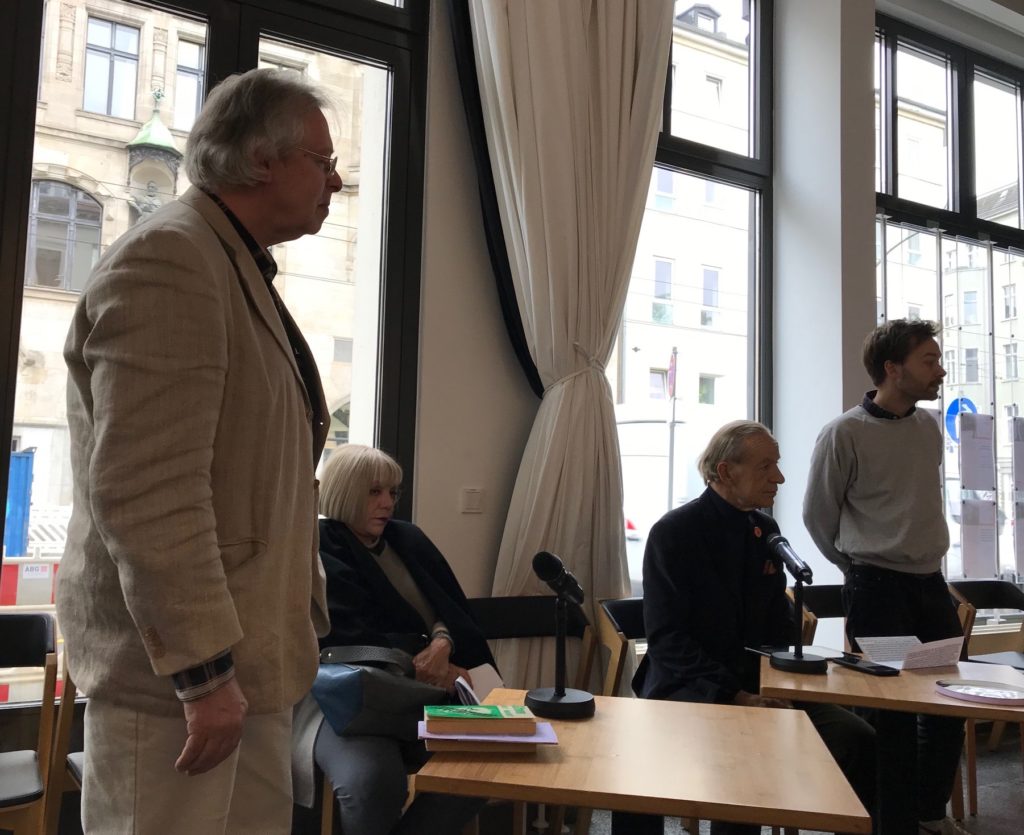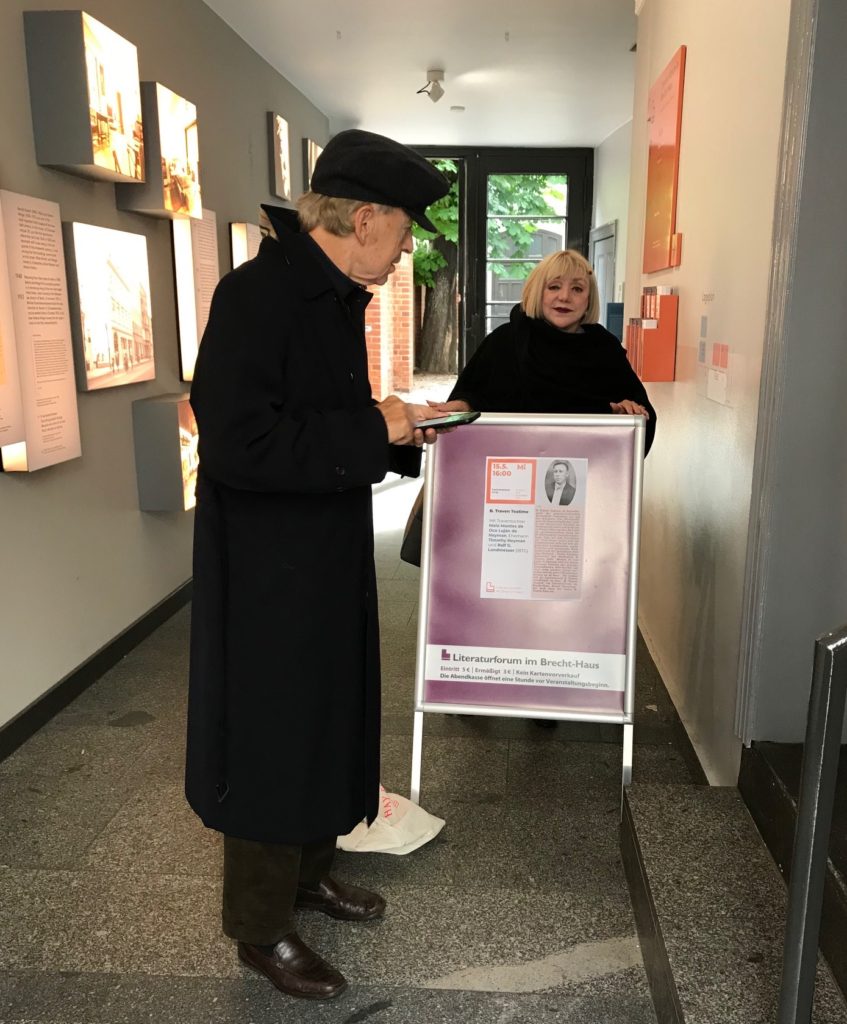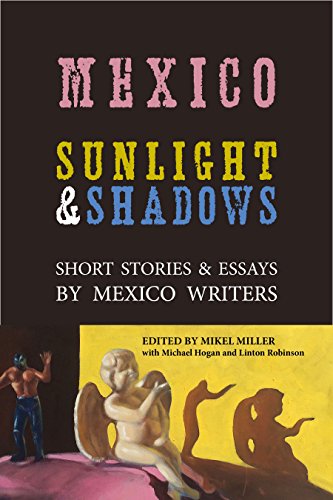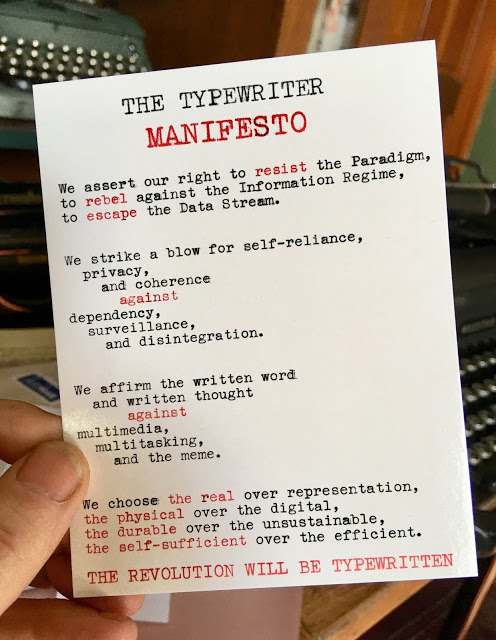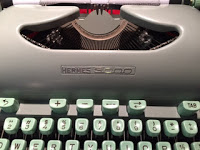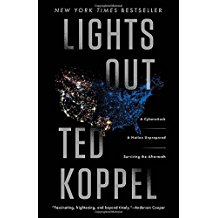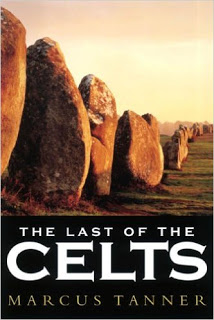
This blog posts on Mondays. As of 2019, the fifth Monday of the month, when there is one, rounds up my news plus some cyberflanerie.

RECENT PUBLICATIONS,
PODCASTS & BLOG POSTS
(I finally got an email sign-up working– it’s there on the sidebar.)
New longform essay (soon to be a podcast):
Great Power in One: Miss Charles Emily Wilson
If I do say so myself, this is my best essay of creative nonfiction to date. Dear writerly readers, over the past two decades I have published essays of creative nonfiction in some mighty fine places: Creative Nonfiction, Letras Libres, Massachusetts Review, North American Review, Southwest Review... But such was not to be the fate for “Great Power in One: Miss Charles Emily Wilson.” It ended up being what it wanted to be– too short to stand as a book, yet too long for a literary journal or magazine (to cut it down would have ruined it), so forthwith, I posted it on my blog, and also read it aloud as the Marfa Mondays Podcast #21. The podcast is currently in production; I will update this post just as soon as the podcast is live.
New book:
Meteor. My book of poetry won the Gival Press Award. Read all about it on my webpage for the book here.
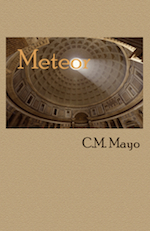
Scholarly article:
John Bigelow, Jr. (1854-1936), who served as an officer in the Indian Wars and went on to become a military intellectual of distinction, will be accompanying me in my memoir of Far West Texas, in a manner of speaking. I do not usually write scholarly articles all a-bristle with footnotes, but for him I did: John Bigelow, Jr.: Officer in the Tenth U.S. Cavalry, Military Intellectual, and Nexus Between the West and the Eastern Establishment, Journal of Big Bend Studies, 2018 (actually came out in 2019). This month, December 2019, I finally made it to the US Military Academy’s archive in West Point, NY to delve into his diaries. I’ll have something to say about some of those curiously fun pages in a later post.
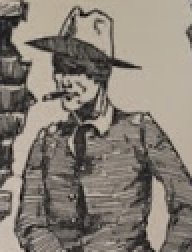
From a Frederic Remington illustration in John Bigelow Jr.’s collected articles,
On the Bloody Trail of Geronimo.
New short story:
“What Happened to the Dog?” was wicked fun to write, and to type! The idea was to write a story about a typewriter set in the far future, and then actually type it on a typewriter for Escapements: Typewritten Tales from Post-Digital Worlds, edited by Richard Polt, Frederic S. Durbin, and Andrew V. McFeeters.
New translation:
My translation of “La tía,” as ,“The Aunt” by Mexican writer Rosemary Salum appeared in Catamaran Literary Review. To date several of my translations of Salum’s stories from her collection The Water that Rocks the Silence, all set in the Middle East, have appeared in Catamaran Literary Review and Origins.
Selected favorite Madam Mayo posts in 2019:
Lonn Taylor (1940-2019) and Don Graham (1940-2019),
Giants Among Texas Literati
Who Was B. Traven? Timothy Heyman on the Triumph of Traven
From the B. Traven Conferences in Berlin / Plus Cyberflanerie
Top 12+ Books Read 2019
Selected workshop posts
(workshop posts every second Monday of the month)
It Can Be Done! This Writer’s Distraction Free Smartphone
Überly Fab Fashion Blogger Melanie Kobayashi’s “Bag and a Beret” (Further Notes on Reading as a Writer)
Using Imagery (The “Metaphor Stuff”)
A Working Library: Further Notes & Tips for Writers of Historical Fiction, Historians, Biographers & etc.
AWP 2019 (Think No One is Reading Books and Litmags Anymore?)
Q & As:
For an eon I’ve been posting occasional Q & As with fellow writers here at Madam Mayo, but in 2019 I started posting a Q & A every fourth Monday of the month. Among the Q & As for this year, poets: Diana Anhalt; Barbara Crooker; W. Nick Hill; Joseph Hutchison; an essayist, Bruce Berger (also a noted poet); novelists Eric Barnes; Clifford Garstang; Donna Baier Stein; Sergio Troncoso; historian David A. Taylor; and literary translator Ellen Cassedy. Each has fascinating things to say about their work, and also on maintaining and nurturing their creative process in the whirl of the Digital Revolution.
UPCOMING WORKSHOPS
Zip! This winter 2020 I’ll be working on my book about Far West Texas. (Stay tuned for more of the related “Marfa Mondays” podcasts, which you can listen into anytime for free here.) Nonetheless, I will continue offering a post for my writing workshop students and anyone else interested in creative writing on the second Monday of every month throughout 2020.
P.S. Check out the substantial archive of workshop posts here.
CYBERFLANERIE
Listen in to Chris Alvarez’s “War Scholar” podcast interview with Mark Santiago about his excellent new book, A Bad Peace and a Good War.

A crunchy addition to the podcastosphere: Lisa Napoli’s podcast for Biographer’s International.
In case you might have been feeling a bit old fogeyx: David Bowles explains that “Latinx” thing (and how to pronounce it)
Lost chapter of world’s first novel found in Japanese storeroom
“Extraordinary” 500-year-old library catalogue reveals books lost to time
Most unusual! Zack Rogow on Michael Field: The Work and Lives of a Victorian Poet
Listen in to Cal Newport and James Clear getting nerdy about attentional awareness.
Listen in to William Reese’s lecture for Rare Books School
Mexico City-based writer Dorothy Walton’s essay “Funeral for a Tree”
Writers looking to get published, take special note: Allison Joseph’s long-time Creative Writers Opps listerserv is now a blog.
Madam Mayo in 2020
Madam Mayo blog posts on Mondays. As in 2019, in 2020 the second Monday of the month will be dedicated to my creative writing students and anyone else interested in creative writing, and the fourth Monday to a Q & A with a fellow writer. A fifth Monday, when there is one, will offer my newsletter and cyberflanerie. Bookmark this page or, better yet, sign up for new posts by email– right there on the sidebar.
More next Monday.

Find out more about
C.M. Mayo’s books, articles, podcasts, and more.





